If the Russians were even half as petty and image obsessed as the Ukrainians are, they’d fire a missile into that trident.
- 4 Posts
- 34 Comments
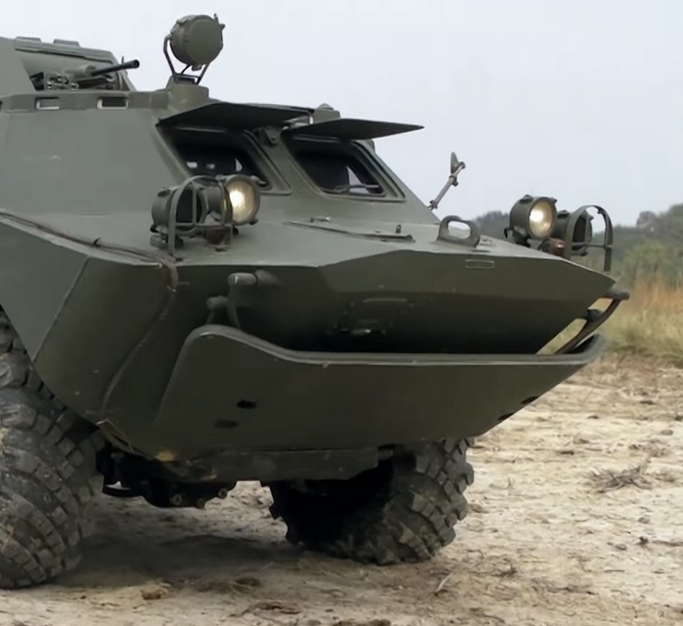
 162·2 年前
162·2 年前Overextend, turn your enemy into insurgents, attempt to kill every one
over tenof the “military aged males”, cause a global financial crisis, as a million people die due to your shit pandemic handling pull-outThe US is worse than Ukraine. They send their vassals to death without a second thought but with an inevitable betrayal. Yet if they ever fought a war in their own land for once, they’d quickly lose the will and ability to fight.

 11·2 年前
11·2 年前That’s based on TSMC’s own test chip not an actual customer’s. 17.92 mm² is incredibly tiny when SoCs, CPUs and GPUs range in size from 100 to 600 mm² increasing the proportion of chips with defects as the number of chips on the wafer drops.
From that very article
In that case, let us take the 100 mm2 die as an example of the first mobile processors coming out of TSMC’s process. Again, taking the die as square, a defect rate of 1.271 per cm2 would afford a yield of 32.0%.
As TSMC themselves designed the chip, they definitely followed all their design rules for that process to maximize yield. No customer would do that.
Anand explains this in one of his articles.
But have no fear. What normally happens is your foundry company will come to you with a list of design rules and hints. If you follow all of the guidelines, the foundry will guarantee that they can produce your chip and that it will work. In other words, do what we tell you to do, and your chip will yield.
The problem is that if you follow every last one of these design rules and hints your chip won’t be any faster than it was on the older manufacturing process. Your yield will be about the same but your cost will be higher since you’ll bloat your design taking into account these “hints”.
Generally between process nodes the size of the wafer doesn’t change. We were at 200mm wafers for a while and now modern fabs use 300mm wafers. The transistor size does shrink however, so in theory you could fit more die on a wafer with each process shrink.
The problem is with any new process, the cost per wafer goes up. It’s a new process, most likely more complex, and thus the wafer cost is higher. If the wafer costs are 50% higher, then you need to fit at least 50% more die on each wafer in order to break even with your costs on the old process. In reality you actually need to fit more than 50% die per wafer on the new process because yields usually suck at the start. But if you follow the foundry’s guidelines to guarantee yield, you won’t even be close to breaking even.
The end result is you get zero benefit from moving to the new process. That’s not an option for anyone looking to actually use Moore’s Law to their advantage. Definitely not for a GPU company.
The solution is to have some very smart people in your company that can take these design rules and hints the foundry provides, and figure out which ones can be ignored, and ways to work around the others. This is an area where ATI and NVIDIA differ greatly.

 21·2 年前
21·2 年前TSMC N7, N7P and Intel 7 don’t use EUV. It’s all quad patterned DUV. DUV lithography has been in use since the 1990s going from 800nm to N7P.
Every single node after TSMC’s so called 16nm has been all marketing. It would’ve more accurate to call TSMC 16FF as 20nm FinFET. This is why Intel brands what they themselves called 10nm as Intel 7 to bring their marketing more in line with TSMC’s.
SMIC N+1 has a density of 89 million of transistors per mm² while TSMC N7 has 91.2. TSMC 10FF and Samsung 10LPP only offer slightly more than half that density.

 3·2 年前
3·2 年前NASA planing to use SpaceX’s Starship as the Human Landing System, has convinced me that China will step foot on the moon before Artemis III.

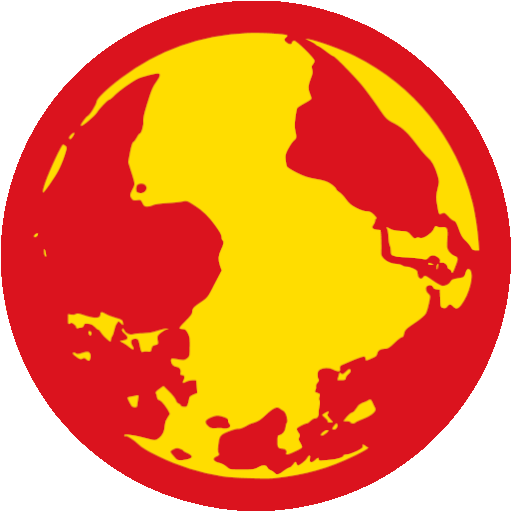 5·2 年前
5·2 年前I kind of wonder, if “Buy America” wasn’t a requirement and the US allowed China to bid for High Speed Rail contracts would the US already have decent HSR network by now?

 9·2 年前
9·2 年前Oh well, at least the hype is distracting the US from attacking the more productive sectors China’s economy. US government officials really seem fixated on whatever the current tech buzzword is.
Honestly, the self-driving car hype train from a decade ago made me a bit skeptical about the newest AI wave. In spite of the absolutely massive gains Nvidia’s machine learning chips have made, Full Self-Driving is perpetually coming next year according to Tesla.

 20·2 年前
20·2 年前Before sanctions, Huawei was the world’s largest telecom equipment vendor.
After sanctions, Huawei is still the largest except they barely have any US chips in their products.
The CHIPS act has always been incredibly questionable. It seemingly goes against market forces. The US are alienating what were potentially the largest customers for all the chips they plan on making. Customers are especially scarce at the higher end processes that the US are targeting.
Global Foundries abandoned 7nm since they believed that most of their clients wouldn’t be able to afford migrating to leading edge nodes. UMC barely had any clients for their 14nm process. Not even Global Foundries’ contractual obligations to AMD / IBM, UMC’s connection to Mediatek, and access to the latest ASML EUV machines were enough incentive for them to transition to 7nm and beyond.
The US essentially made Huawei a guaranteed customer to SMIC. EUV isn’t even necessary for 7nm and 7nm isn’t necessary for 5G. Intel 7 and TSMC N7, N7P are made with DUV. TSMC’s 12nm was used for UNISOC’s Makalu 5G modem and one of their 5G SOCs. The delay in making 5G phones might just be Huawei needing EDA tools to design a modem using SMIC’s existing processes.
The way the sanctions are so gradual it’s almost as if the US wants China’s chip sector to undergo import substitution industrialization. It really resembles the slow ramp up of import restrictions that established the automobile industry in many countries. It’s also kind of amusing that in practice it’s the US that are cutting themselves off from advanced tech while China can still by the latest chips. Nvidia made the A800, and H800 just for China… Nvidia probably lobbied to make the restriction easy to implement and based on the specification that affects performance the least.
US bans Huawei so there stuck with 4.5G marketed at 5G.
US bans DJI drones in government so they use terrible Skydio drones for search and rescue.
I’m still undecided if the hype for the 5G AI driven “Fourth Industrial Revolution” is warranted though.

 10·2 年前
10·2 年前It’s written by David P. Goldman, an Asia Times writer whose views run counter to the mainstream US media China narrative.
The National Interest putting one of his pieces on the front page seems really uncharacteristic of them.

 151·2 年前
151·2 年前If the US left Taiwan alone it would’ve already been unified with the rest of China peacefully.

 141·2 年前
141·2 年前Those NATO trained Übersoldaten with Leopard 2A6s are really taking their sweet time against those shovel armed conscripts with Bukhankas.
Do they plan on severing that land bridge any time soon, I guess their Crimean summer beach party is canceled?
The only thing that was annihilated was the credibility of American economic warfare.

 20·2 年前
20·2 年前US failed in their push to the Yalu River against 1950s China. That was China at its weakest point when it was poor and unindustrialized. It was literally less developed than Sub Saharan Africa back then.
Now that China is the host to the world’s largest industrial sector. The Chinese make the best hypersonics, the best drones, and the best surface combatant ships. All produced in numbers impossible for US industry to match. What makes you think that the US will fare any better?
The Iran was the one the that dealt the mortal blow to Iraq. The Iran-Iraq War, the First Gulf War, and the sanctions left Iraq as a powder keg of religious and ethnic tensions. 12 years of sanctions on Iraq contributed to the defeat of their regular army more than anything the US military itself did.
The US never fought in the large scale operations that the Soviet Army did in WW2. No US operation rivaled the size of Operation Bagration or the Manchurian Strategic Offensive.
China investing in Asia over the west as RCEP comes into force and the west is driving straight into yet another crisis, what a shock. Pivoting towards investing in an area of fast growing economies with favorable terms of investment, and makes logistical sense for China is surely a sign of “China’s fragile economic situation". Why else would they invest in the Jungle over the Garden?
American oligarchs definitely aren’t funneling millions of dollars into these useless think tanks for actual research. Of course there’s going to be a decline of foreign investment in terms of dollars as the dollar shot up in value. A certain country bombed a pipeline and secured a major market for their natural gas making their currency extra valuable. The actual RMB value of foreign investments hasn’t changed much.
The only useful thing that China could’ve invested in west for was tech, which the US will do whatever meddling they can to block. Investing in western real estate at this point is just asking to become a bag holder. It’s not just because it’s a bubble as the west has failed to deleverage and let the market cool as China did. The west also has no qualms in stealing other countries holdings in the west as they did with Venezuela and Russia. If it were the other way around and a country were to nationalize the west’s holdings, the west is guaranteed to engage in a regime change operation in that country.

 17·2 年前
17·2 年前Ukraine launched their ATO in 2014 and the JFO in 2018. Ukraine did make the first strike as inconvenient that fact might seem to some.
Donbass had no say in Maidan nor did they vote for Poroshenko. The LPR and DPR asked to become part of Russia. The Minsk accords asking for autonomy within Ukraine was a compromise Putin wanted not them. Putin jailed anyone agitating for full-on direct intervention or even just aiding the Donbass republics, which is why February last year took some Russian commentators by surprise. The treatment of Strelkov pretty much supports the theory that initially, Donbass wishing to become part of Russia was an inconvenience to Putin.
Georgia’s invasion of South Ossetia set the precedent that it doesn’t really matter who the aggressor is. The western media is simply unconditionally against Russia.

 15·2 年前
15·2 年前Funny thing is no matter how much the western media tries to label it as such, the AFU’s SNAFU of a counter-offensive wasn’t a counter-offensive because there was no ongoing offensive to counter.
What can be called a counter-offensive is exactly what the Russians are doing.
The Ardennes Offensive, which is analogous to what the AFU is trying to do, and Operation Zitadelle were written off far before they reached the 2 month mark.

 3·2 年前
3·2 年前Nobody ever wants a long, protracted conflict but it doesn’t mean they don’t prepare for one.
They don’t go all out because:
-
The effective number of a weapon is not the raw number but the amount multiplied by the availability rate.
-
Mature platforms have higher availability rates and a larger stockpile of wear parts and ammo.
-
The numbers available can sustain attrition for however long the conflict may endure so they don’t run out of crucial weapons system at inopportune times.
-
The latest equipment may still be undergoing service tests or may have a limited amount of trained crews so any deployment would be more like what Zebra mission was to the M26 Pershing.
-
Combat capable forces are still needed elsewhere for security/deterrence and in case South Ossetia gets invaded by Georgia again.
-
Mobilizing the reserves would shrink the working population hurting the economy.
-
Going all out might also cause a full on intervention since NATO membership isn’t actually needed for that to happen. SMO like rules are why the US in Vietnam didn’t clash with China as it did in Korea.
Availability rates of the F-15 vs F-35 vs F-22
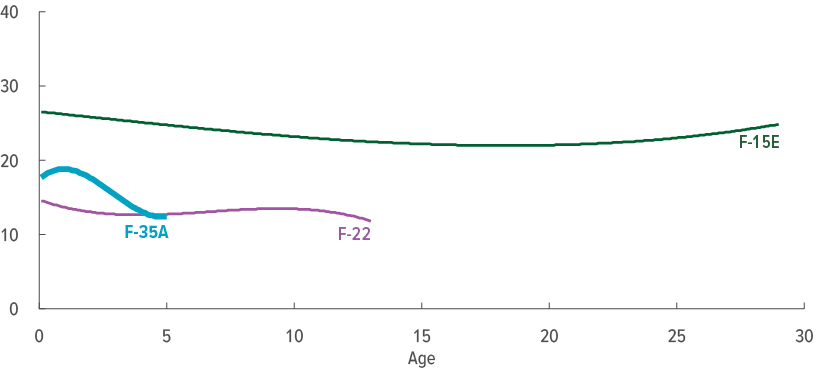
In spite of how much older the F-15 air frames are, given the same number of planes the F-15s would in combat outnumber the F-35s or F-22s two to one.
-

 19·2 年前
19·2 年前Too much of a pain for them to “Remember the Maine”.
125 years after the self inflicted incident that sparked the American global empire and yet the modus operandi has barely changed: the same warmongering yellow press, the same fishing for incidents to weaponize, and the same callous use of proxies that are ultimately betrayed.

 34·2 年前
34·2 年前And what exactly is the definition of democracy are you basing that of?
https://www.newsweek.com/most-china-call-their-nation-democracy-most-us-say-america-isnt-1711176
When asked whether they believe their country is democratic, those in China topped the list, with some 83% saying the communist-led People’s Republic was a democracy. A resounding 91% said that democracy is important to them.
But in the U.S., which touts itself as a global beacon of democracy, only 49% of those asked said their country was a democracy. And just over three-quarters of respondents, 76%, said democracy was important.
For instance, some 63% in the U.S. said their government mainly serves the interests of a minority, while only 7% said the same in China. Asked about whether their country held free and fair elections and offered all citizens the right to free speech, nearly a third of respondents in the U.S., 32% and 31%, respectively, said they did not, while just 17% and 5%, respectively, in China answered the same questions negatively.
And in China, a mere 5% also said not everyone enjoys equal rights in their country, as opposed to 42% who identified this same issue in the U.S.
Liberals are neither intellectual nor do they actually want dialogue.
They’re so hostile to differing opinions that they have sullied the very word for propagating ideas. The connotation that such an action is inherently negative and something that entails deception was added by them. The redefinition of the word propaganda is ironically the result of liberal propaganda.



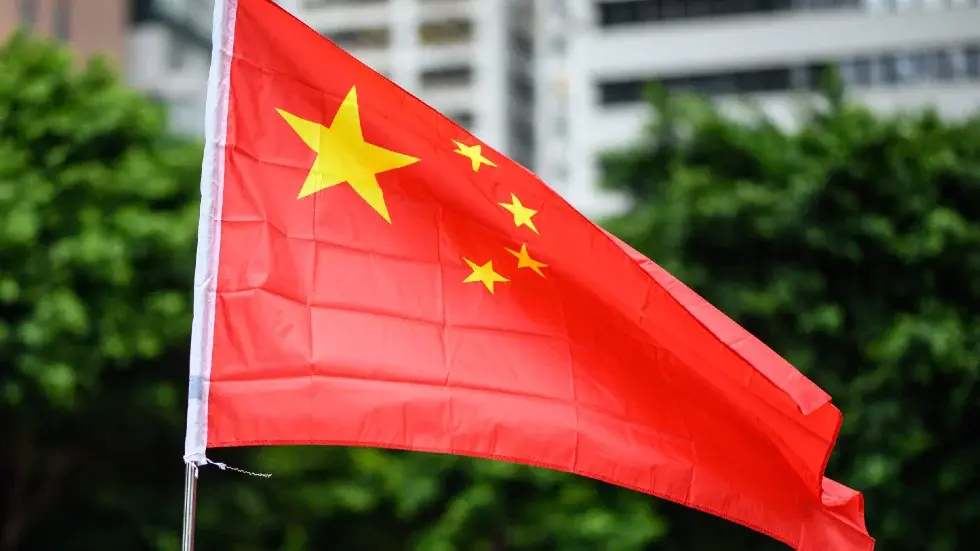
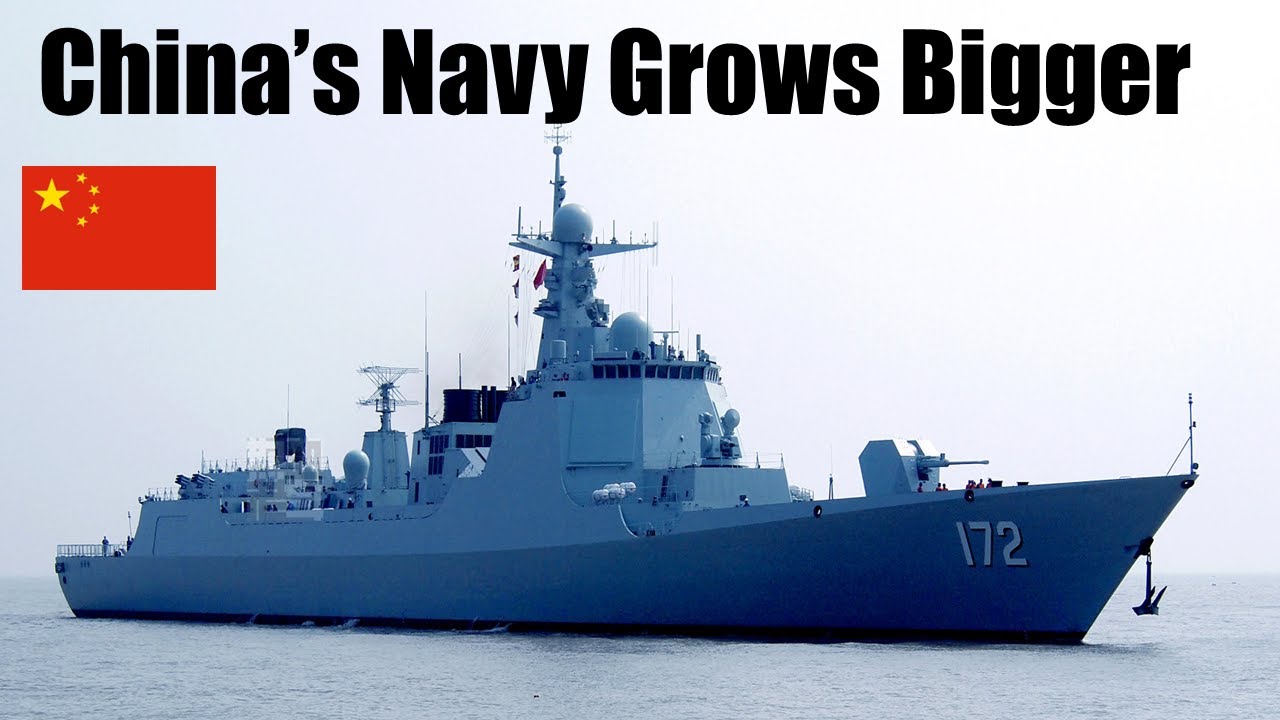
It’s conventional warfare, not guerilla warfare, nor a suicide bombing campaign. The worst case scenario would resemble the Iran-Iraq war and the initial conditions resembled Northern Cyprus more than Afghanistan.
The Ukrainians don’t really even have an equivalent to the Viet Cong. Insurgencies need the support of the local populace to eat and operate without being ratted out. Only Kherson is even close to divided enough for that to have a remote chance of occurring.
The terrain and culture of Ukraine aren’t like Afghanistan. Afghans are more loyal to their tribes than Kabul. The underdeveloped subsistence farming economy of Afghanistan means any insurgent knows how to live off the land and survive living in deprivation for long and sustained periods. The terrain of Afghanistan allows insurgents to easily isolate whatever forces the government sends in an attempt to control the countryside. The Taliban won without any state really backing them. The overall population of Ukraine and Afghanistan might be similar but what matters most is the demographic in the age range for military service.
Syria didn’t turn into an Afghanistan. The Donbass republics fended for themselves for 8 years while the DRA only lasted 3 years alone. Even then the DRA still outlasted the Soviet Union so had material support continued they might’ve continued on as a rump state. It wasn’t like the US puppet, Ghani’s regime, which just collapsed immediately after the US pullout.
Ukrainians are more Northern Alliance than Taliban. Their ideology isn’t anywhere near as unified as the Taliban’s. The moderate liberals and extremist fascists would turn on each other if living conditions deteriorated sharply.
There can be no defeat either. Pulling out would be political suicide for anyone in the Kremlin. Abandoning Russians in Russian territory would be different from abandoning the DRA. Nukes would fall before Crimea falls.
Anyway, you can’t really predict the future by looking at the past. The similarities are only down to hindsight and brute force exhaustion of every possible historical parallel.